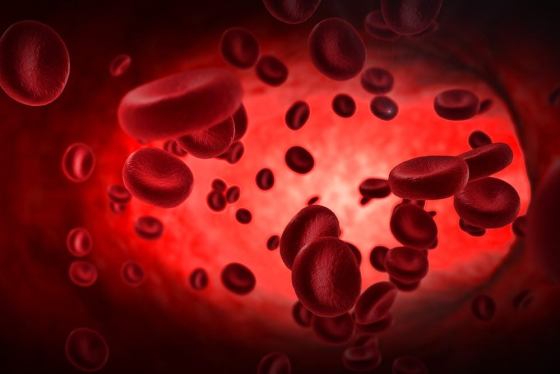I love Vidalia onions. Grown in the low-sulfur soil of South Georgia, they are famous for their sweetness. But I had never given much thought to how this delectable vegetable arrived at my plate. I was only halfway through my first year of medical school when an opportunity arose with the Magnolia Coastland AHEC to provide treatment for migrant workers on farms surrounding Vidalia, Georgia, the source of these delicious onions. With my stethoscope, a Spanish medical dictionary, and a classmate in tow, I drove two hours south from Macon to a housing compound on a farm.
The health care team consisted of a medical doctor, several nursing students, translators, and staff members who coordinate clinic operations. This group travels weekly during picking season – May to June – to farms in the area to provide what may be the only primary care the migrant workers get.
After setting up the makeshift clinic in tents, I waited with the physician for the workers to arrive back at the housing compound after the day’s work. In the distance, a retired yellow school bus rumbled towards us in a cloud of red dust. About forty Hispanic men and a few women staggered, exhausted, out of the bus. They had leathery tans from long hours spent working under the sun, and each carried his or her own bucket for collecting onions.
Some of the farm workers told us that though they needed to see a doctor, they were too tired or too hungry to do so right then. Whatever health problem they had would have to wait until next time. At the end of the evening and after some encouragement on our part, we had seen a total of thirty farm workers.
During triage, I asked a young man about his time in the States. His eyes lit up as he explained that it was his first time here and that he was in love with this country. He spoke about going to la tienda every weekend, which I learned was Super Wal-Mart. Most of the farm workers aspired to settle down in the “land of the free” where their lives were marked by long days of labor, lower than minimum wage (38¢ per bucket) and limited access to health care.
On the drive home, I had a mélange of emotions. I was angry, humbled, grateful, and saddened. I replayed every encounter with each farm worker and wished that I could have spent more time with them to hear in detail about their ailments, both physical and otherwise.
While I didn’t get to stay as long as I wanted, I realized that the primary care setting allowed me to develop a relationship with each patient. It is no wonder my primary care provider knows me so well: I go back to see her every year regardless of my health status. Unfortunately, migrant farm workers do not have this opportunity, so it is even more important that the medical community make time to take care of them.
Right now I have a bag of Vidalia onions in my pantry. They remind me every day of the hands that picked them and those that pick all the produce that we eat. I never would have known the primary care needs of migrant workers in rural Georgia had I not seen the situation firsthand. I believe it is the responsibility of medical schools to expose students to underserved patients like those I met in Vidalia. My trip there made it clear that the health of migrant farm workers is critical to our health. Adequate primary care is the answer to meeting their needs and in turn, ours.
In honor of National Primary Care Week 2014, recognizing underserved and marginalized communities and the primary care providers that serve them.
By Anna Lee, M.D., M.P.H.
Anna Lee, M.D., M.P.H., wrote and published this piece in 2011 as a second-year medical student at Mercer University in Macon, GA. She is now a preliminary medicine intern at the Mercer University/Medical Center, Navicent Health.
Source:
Primarycareprogress.org
ABUJA: Training Schedule for Basic Life Support BLS, Pediatric Advanced Life Support (PALS), Advanced Cardiovascular Life Support ACLS, First Aid, CPR, AED
PORTHARCOURT: Training Schedule for Basic Life Support BLS, Pediatric Advanced Life Support (PALS), Advanced Cardiovascular Life Support ACLS, First Aid, CPR, AED
LAGOS: Training Schedule for Basic Life Support BLS, Pediatric Advanced Life Support (PALS), Advanced Cardiovascular Life Support ACLS, First Aid, CPR, AED





